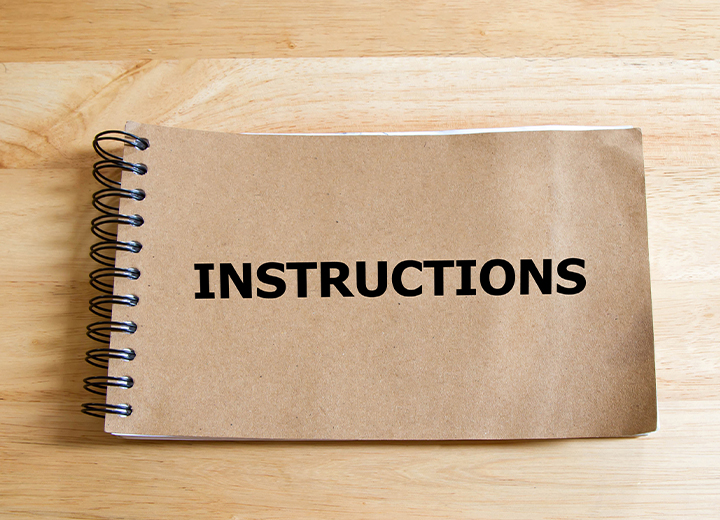In any eLearning project, the role of instructional designers is supreme. Instruction design is much like the heart of an eLearning project and its success or failure largely depends on the instructional design strategies used by the course developers.
Instructional design strategies simply refer to the techniques and approaches used by eLearning professionals in designing and developing online course content.
The use of smart strategies in online course development not only helps in achieving course objectives but also in engaging the learners and promoting the application of knowledge on a regular basis. But, when it comes to choosing the most effective strategies, the options are numerous. It is generally believed that a good approach is the one that induces a sense of inquisitiveness, attention, and motivation in learners and goes the extra mile in strengthening the learning effectiveness of the online course.
Here are five widely used instructional design strategies that carry the potential to transform your online courses in a meaningful way.
- Choose A Storytelling Approach
Stories always carry an inherent way to gain the attention of listeners. In eLearning projects, stories can present the course content in a highly engaging manner than other options. This approach is very powerful in generating an emotional response in learners which further results in better information absorption and preservation. The instructional designers can follow this approach by using various techniques such as:
– Advocating a conversational tone through the online course
– Including anecdotes as pertinent to personalize the content
– Make the use of case studies to provide related context for policy understanding
– This approach is quite useful in Soft skills training and Safety training cases
- Prepare visually appealing content
Visually engaging content is always a plus for online instructors as it boasts of a high capacity to gain the attention of learners. According to a study, it has been found that learners grasp such content 60,000 faster than simple text.
This can be as easy as a smart HTML treatment based on the principles of excellent graphic design, or as detailed as a fully scripted video with professional actors and high production value.
- Highlight case studies
Properly given references not help instill confidence in learners about the course content but also help in understanding the given information seamlessly. The learners can easily apply the knowledge to real-life scenarios. This all together leads to valuable decision making.
- Include emotion
To release the power of emotion in your e-Learning content, you just need to incorporate an emotionally competent stimulus, or ECS now and then. The simplest way to do this is to include images that carry some kind of emotional influence.
Emotions don’t make your content more memorable; they also can help make your content more stimulating and engaging.
- Work on structure
A well-defined e-Learning portion is more motivating because it discourses the “C” in the ARCS model: confidence. Your audience will feel more confident about finishing the learning session if they can visualize the overall structure of the portion. Simply, if they know where you’re going, they’ll feel more motivated to move in that direction.
There are several structures that can be used to build e-Learning course content. Here are a few examples:
- o Move from wide-ranging to explicit,
- o Move from abstract notions to real examples, and
- o Give an introduction, body, and conclusion.
If you’re looking to provide the best-in-class learning experience to your students, Symbiosis can help you develop online courses that are best in pedagogy, content, and design. For more details, call us today at (646) 844-3030.
Share This Article:
Recent Posts

Understanding the role of instructional design companies in improving learning experiences
Instructional design companies strategize, design, and develop educational experiences to optimize learner success. These companies ensure that lea...
Read More
Blended learning to confront the forgetting curve
With blended learning, you can help learners access information in the format of their choice. You can also give a boost to classroom training, mak...
Read More
5 proven instructional design strategies for effective elearning course development
Instructional design strategies refer to techniques and approaches adopted by eLearning course developers in designing online course content. Here ...
Read More